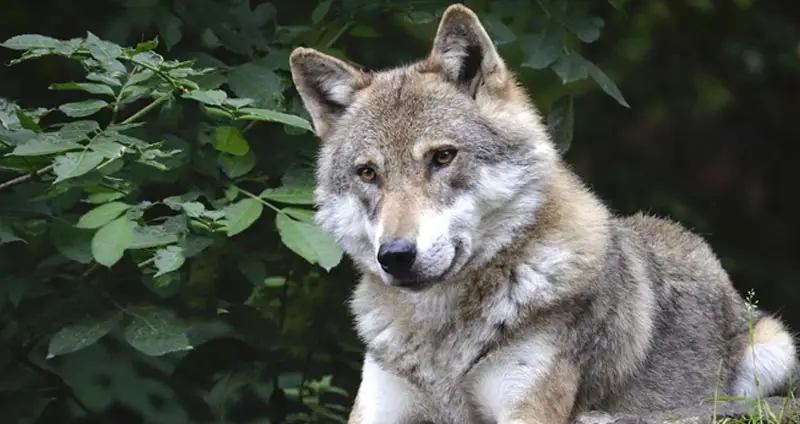When it comes to predators in the wild, wolves rank among the most dominant. These apex predators hunt many different animals but are rarely hunted themselves.
In fact, many people can’t name a single wolf predator off the top of their head! It’s hard to imagine a creature that would actively hunt down and eat a wolf.
So, do wolves actually have any predators, or are they uncontested hunters around the world?
Table of Contents
What Eats Wolves?
Not a lot of animals hunt wolves, and none of them actively hunt wolves for food. The main predators of wolves include bears, tigers, mountain lions, scavengers, humans, and even other wolves.
It should be noted that many of these wolf predators don’t actively hunt wolves for food as they’re all technically apex predators. Instead, they often only kill wolves over territorial disputes.
Regardless, there actually are natural predators of wolves. We’ll elaborate on each of them below.
1. Humans
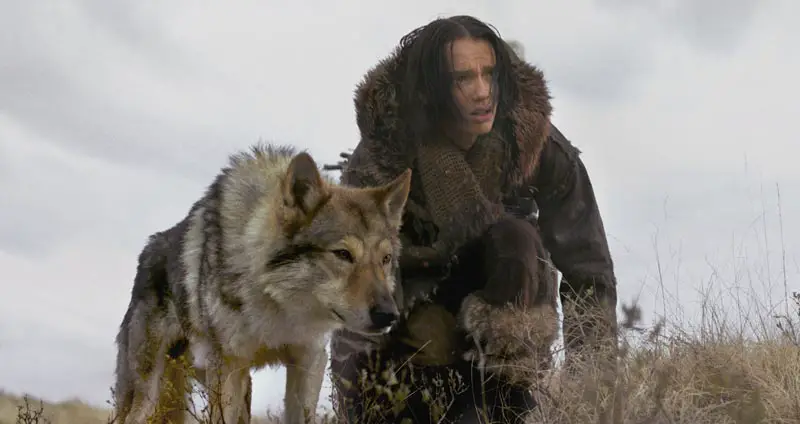
Over the years, humans have consistently been one of the prominent hunters of wolves. They’re primarily hunted for their pelts, but wolf meat is still eaten in several places around the world.
Wolves were hunted almost to extinction, but have since become protected and have bounced back in terms of population.
Despite this recent change, it’s hard to overlook the dominance of humans over wolves due to our use of technology and elaborate hunting strategies.
2. Bears
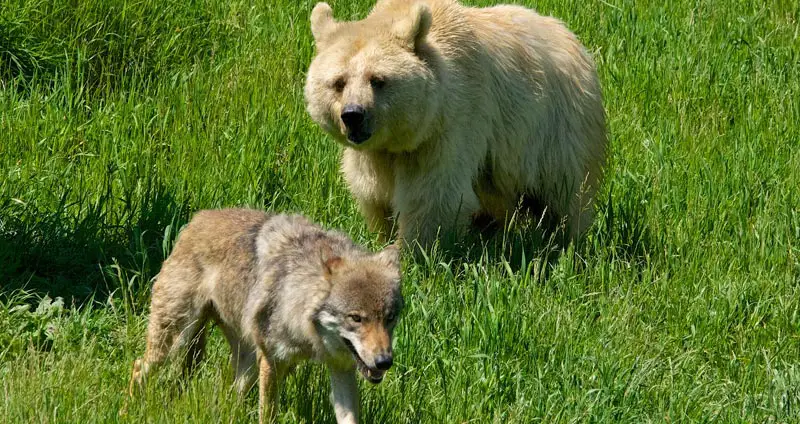
Bears are absolutely massive apex predators, weighing between 100 and 1000 pounds depending on the species. Because of this, they’re able to overpower a single wolf easily.
Fortunately, wolves tend to hunt in packs, so a single bear would need to take on several wolves at once. This would still be damaging for both parties, especially if the young are involved, so they don’t actively hunt each other.
However, both animals are territorial, so a bear may kill a wolf if they infringe on their territory or vise-versa. In this case, a bear may eat a wolf that it killed.
3. Tigers
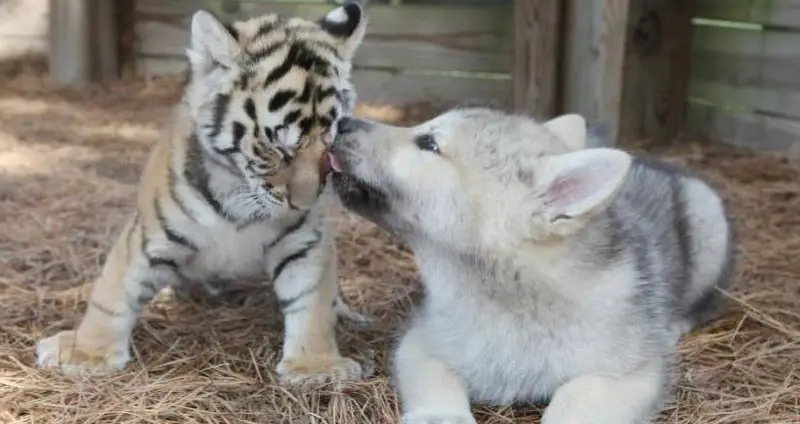
In some places around the world, tigers and wolves live in the same area. Well, they both lived in the same area, but at different times.
For example, in the Sikhote-Alin mountains in Russia, Siberian tigers used to be plentiful and wolves were almost non-existent.
As time went on, though, Siberian tigers started to die out/leave the area, and wolves started to take their place.
Confrontations between these two are mostly avoided, but can arise due to territorial problems.
4. Mountain Lions
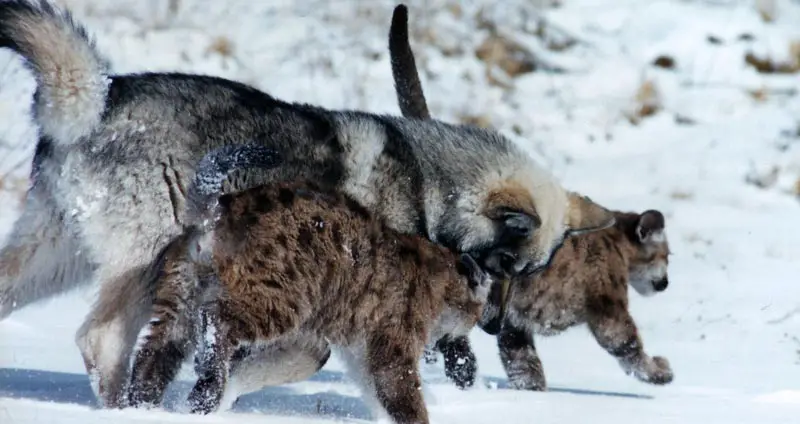
On very rare occasions, mountain lions can kill wolves. However, like bears, mountain lions are solitary hunters, putting them at a disadvantage against wolves.
If they’re in the same hunting area, mountain lions are capable of taking down wolves 1-on-1, though, and will likely eat the wolf as they’re carnivores.
5. Wolves
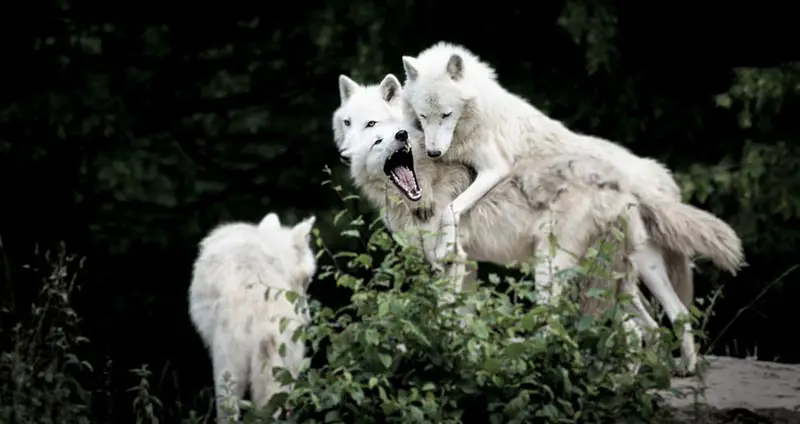
Believe it or not, wolves are actually one of the more prominent predators of wolves! Wolf vs wolf violence can happen for two reasons.
First off, if a wolf from one pack tries to take over another pack’s territory, there’s a good chance that they encroached-upon pack will kill that wolf and eat it.
Second, wolves within the same pack can kill each other. While wolf packs are very tight-knit, fights can occur which can result in the death of one or more wolves.
They may also eat each other during a particularly bad time of winter when food is very scarce. Typically, though, they wait until a wolf is dead to eat it.
6. Scavengers
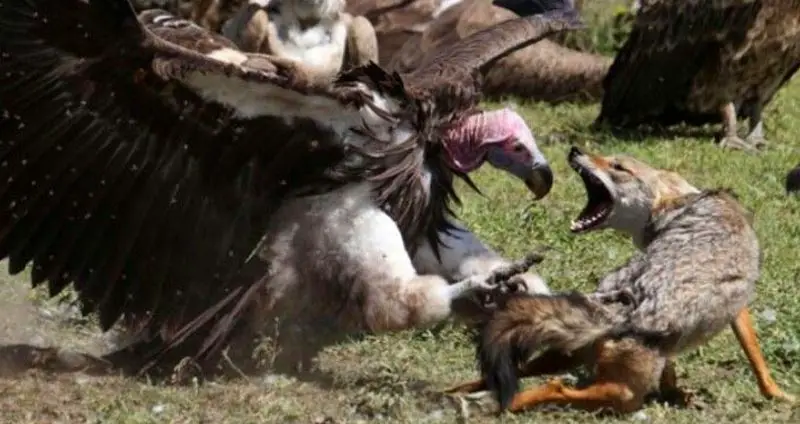
Scavengers typically aren’t predators of wolves, but they certainly do eat them. The most common scavengers include vultures, hyenas, and variety of small carnivorous animals.
There are virtually zero instances where these scavengers move in on a wolf before it’s dead unless it’s been severely injured.
Note that scavengers can vary depending on the region.
How Do Wolves Defend Themselves?
With wolves having so few predators, how do they do it? What makes wolves untouchable compared to most, if not all other animals in the animal kingdom?
Several factors give them this superiority, actually. The two most prominent factors are:
- Pack living – Wolves live in packs that average about six wolves in size. This immediately gives wolves a massive advantage over most other animals that hunt alone. Not only can a pack of wolves all defend each other, but they can easily take down a potential threat with ease. While there are some animals out there that can overpower a single wolf, taking down several is a nearly impossible task.
- Physical build – Wolves are built like the perfect predator. Massive teeth, great sight, hearing, and smell, and unparalleled agility. So, they can either severely wound/kill a potential predator or run away in an instant.

